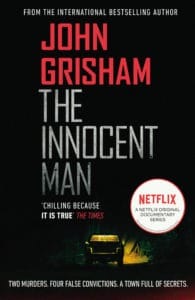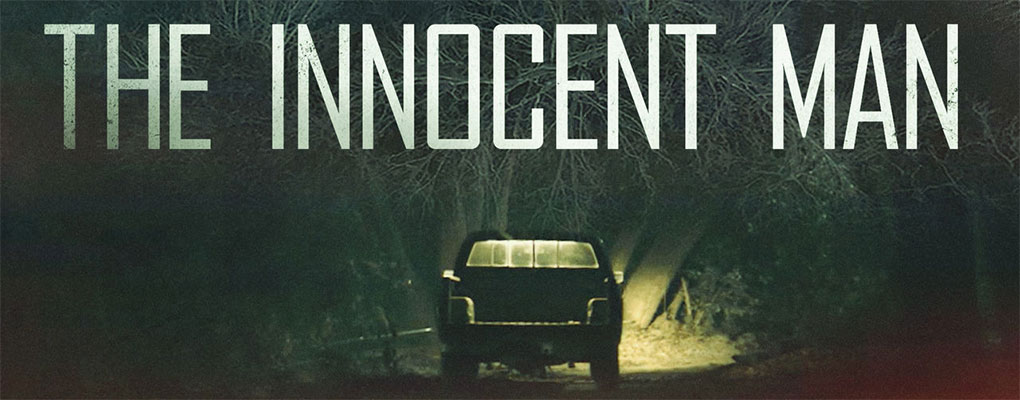Features
The Innocent Man: from page to screen
We had the opportunity to ask Clay Tweel, director of the brand new Netflix series The Innocent Man, about the experience of adapting John Grisham’s true crime classic for the small screen. Here’s what he said.
When did you first come across The Innocent Man?
Ross Dinerstein approached me about adapting the book in 2016. He sent me a copy and I read it in a couple of days. I was blown away at the miscarriage of justice and dark twists and turns that the story contained. Ross and I talked and we felt like the best way to walk an audience through this case was in a longer format, really digging into the details of this stranger than fiction situation.
Can you describe the process involved in adapting the book into a TV series?
The first step was to do research and try and get our hands on whatever archival material existed. Secondly, we connected with as many of the main subjects involved in the story as possible to gauge their interest. I always try and approach any story I’m telling through the lens of the characters that are involved and we had had many great voices to draw from in these cases. From there we were off to Ada and shot over the course of about a year and a half to assemble as much new information and context that we could.
What were the main challenges?
The two biggest challenges we faced were how long ago these crimes took place and how reticent people were to talk. The murders happened in the early 1980s and in that time evidence has gone missing, reports and investigative work have disappeared and people’s memories have faded. Simultaneously, we encountered many people who were still afraid to talk to us because they felt like speaking ill of local authorities could place them in danger.
How did you work with author John Grisham?
John has done a ton of research writing the book a decade ago, so he opened up his resources and files to us when we started. Also, he knows the story so well that at a certain point in the process it was clear that his voice as a speaker in the show would help lend weight and clarity for the audience.
 In making the series, were you influenced by any other true crime books or shows?
In making the series, were you influenced by any other true crime books or shows?
This is my first foray into True Crime so I was watching and reading many things for reference! In particular, I was drawn to Errol Morris’ book The Wilderness of Error, As well as the film The Imposter and Fincher’s Mindhunter. I loved the thematic underpinnings of Morris book matched with the clinical aesthetics of Fincher.
The show includes blending of new footage with archival footage. What made you want to use both? Was the book a part of that decision?
From the time I read the book, I knew that I wanted to use the archive of confession tapes, modern-day footage of delving into an investigation and stylized re-enactments. In presenting the show as a commentary on individual’s biases and how they can pervert the legal system, I felt that the re-enactments provided a powerful way to illustrate multiple perspectives to the audience. The audience would be watching something they know isn’t real, but believe it’s represented actions to be true. Then their attitudes were shifted as the content of the recreations shifted as well, mirroring the way in which an investigator can curate information and sell their “story” to a jury.
Intrigued? Read an extract from The Innocent Man by John Grisham here – and don’t miss The Innocent Man Netflix show streaming from 14 December!


Please note: Moderation is enabled and may delay your comment being posted. There is no need to resubmit your comment. By posting a comment you are agreeing to the website Terms of Use.